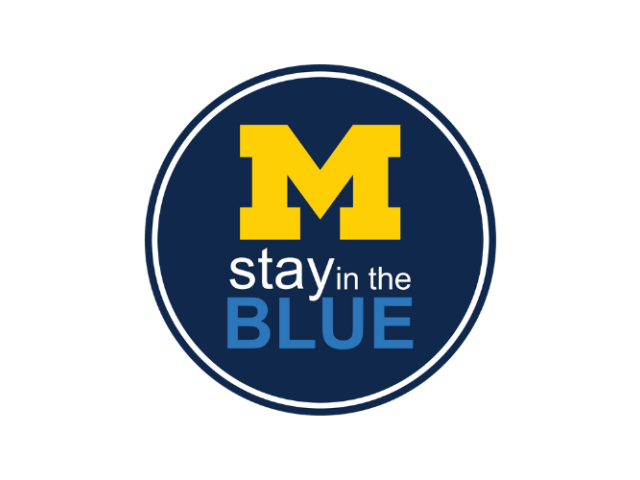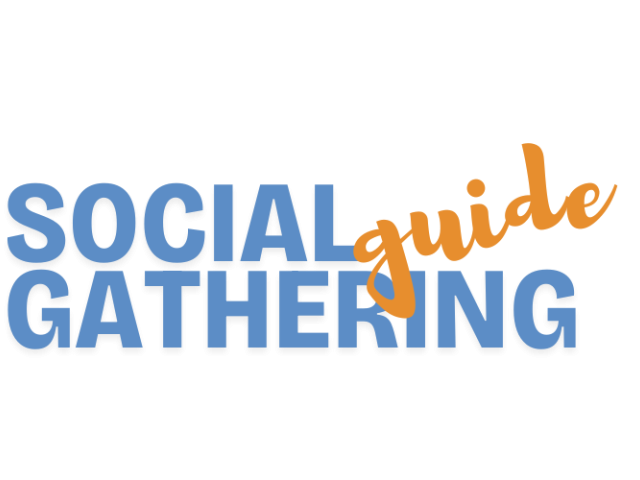Most U-M students don’t drink or drink at moderate levels (4 or fewer drinks on a single occasion). We know that drinking alcohol increases the risk of negatively impacting all dimensions of your well-being. If you choose to drink, use our campaigns and resources (designed with students for students) to make a plan that helps you get more of what you want out of drinking, while avoiding the things you don’t want.
Combining Alcohol with Other Drugs
Combining medications (prescribed or not prescribed) with alcohol can have unpredictable and unwanted consequences. We can help ourselves, our friends, and our community by understanding the dangers and taking steps to prevent harm.
The best way to know how a specific drug or medication might interact with alcohol is by talking to your doctor about it.
Potential harm can happen in three ways
- When people do not know that there are significant drug interactions and are caught by surprise when they inadvertently drink while using prescription medication
- When people knowingly combine alcohol with other drugs because they mistakenly believe it will be a “better” or “enriched” intoxication
- As a tool to facilitate a crime (sexual assault, robbery, etc) by making a victim incapacitated
If you choose to drink
- Talk to your doctor about how any drugs or medications you’re taking might interact with alcohol.
- Remember that it’s illegal to misuse prescription medication.
- Make your own drink whenever possible, and don’t leave your drink unattended
- If you don’t see your drink being made, don't drink it
- Avoid drinks that come from a common source (e.g. punch bowl, igloo container, jug)
- Use Stay in the Blue strategies to get more of what you want out of drinking with less of what you don’t want.
Cannabis
Cannabis combined with alcohol can result in greater impairment than when using either substance on its own, leading to decreased motor control, reduced concentration, and slower reaction times.
Depressants
Depressants (e.g., Xanax, Valium) combined with alcohol have a synergistic effect, with potential for dangerous and even lethal consequences, with rapid onset of dizziness, stumbling, loss of sphincter control, memory loss, and potential death.
Stimulants
Stimulants (e.g., Ritalin, Adderall, Concerta) combined with alcohol conceal alcohol’s effects, so people cannot gauge their level of intoxication, which can result in over-consumption, e.g. significant impairment of coordination and judgment, blackout, pass out, and potential death.
Opiates
Opiates (e.g., Vicodin, OxyContin, Tylenol 3 with codeine, Percocet) combined with alcohol can result in slowed or arrested breathing, lowered pulse and blood pressure, unconsciousness, coma, and potential death.
Sex and Alcohol
What was your best sexual experience?
When we talk about a sexual experience, it could be defined any way you like, whether that’s as a kiss, intercourse or anything else in between. For most people, sexual experiences are best when their bodies are free from drugs, including alcohol. This is also true for U-M students! Most U-M students say they have their best sexual experiences when they are sober or have at most one to two standard drinks in their system.
Being sober or drinking less leads to better sexual experiences
- When sober, or with very low amounts of alcohol, people are more likely to be able to maintain an erection, to have adequate vaginal lubrication, and feel more heightened pleasurable sensations.
- Have trouble with experiencing orgasm? Being sober makes orgasms more likely to happen.
- When you can communicate clearly (in other words, when you’re not confused or drowsy from alcohol), you can talk with partners about what you each like sexually. This can lead to greater satisfaction with the experience.
- Trying to avoid STIs and/or pregnancy? Being sober, or having small amounts of alcohol, can make it easier to stay on track with your goals for safer sex, consistent contraceptive use, and making deliberate choices about what sexual activities you want (or don’t want) to engage in.
Being sober helps promote respectful interactions between partners
- When you’re sober, it’s easier to think clearly about how you want to treat people. Being sober helps you remember to speak and act in ways that show your partners that you respect them and you’re in control of yourself.
- Think about the sexual activities you would or would not be interested in doing. Ask any potential partners about what they want and don’t want to do. And, while thinking about boundaries ahead of time may be helpful, it’s always OK to change your mind about what you want to do.
- Alcohol affects everyone differently, so being sober when giving and getting consent helps make sure that everyone involved is freely and deliberately choosing to participate in the sexual activity.
- Having sex only when everyone’s sober can safeguard your future goals by reducing the chance of legal or university disciplinary actions. Alcohol is the substance used most frequently used to facilitate sexual assault on college campuses. If everyone’s sober, your consent conversation will be much more likely to reflect everyone’s true desires about a sexual encounter.
Be mindful about drinking if sex may be in the picture
- If you choose to drink, see Stay in the Blue for ways to get what you want without what you don't. Download the app for quick connections to Uber and taxis to get home safely.
- Remember to bring the safer sex items you might need (like condoms, dental dams and contraceptives) with you. Visit UHS Wolverine Wellness (suite 2110, 2nd floor) for free safer sex items.
- If you had unprotected sex and could get pregnant, consider Emergency Contraception.
- For confidential resources and support related to sexual assault, stalking, or sexual harassment, see the Sexual Assault Prevention and Awareness Center (SAPAC). For immediate assistance, call the SAPAC Crisis Line (24/7) at (734) 936-3333.
Want to get involved in this campaign?
Request Print & Digital Materials
Share our materials with your school or organization. You can also share ideas for future campaigns or sign up to participate in upcoming focus groups to test out new ideas through our request form!
Interested in continuing the conversation?
Sign up for wellness coaching!
Planning a program, workshop, or training? We offer virtual and in-person programming. Request a consultation or program or check out the Well-being Toolkit for more resources.
What’s too much?
Check out these resources to help you explore your relationship with alcohol and other drugs.
If you’re concerned about a friend’s (or even your own alcohol use), check out these support resources available around campus.



